Understanding people
In January 2017, I started a master’s in innovation and human-centered design. Some of my classmates were designers; some had backgrounds in business, communications, and entrepreneurship. However, many of us shared a common starting point: it was the first time we learned about human-centered design and design-thinking methodologies.
The program was built around a capstone project where we learned the tools and methodologies while solving a sponsoring company's challenge. I was put in a five-person group, and our mission was to help identify ways for the biggest bank in Colombia to reach out to people who do not use banks and turn them into clients.
The first step we took was to go beyond the bank’s definition of the problem and really understand the potential users. The research guided us towards a new research question: how do people manage their money? We discovered that different people managed money differently. It was not linked to the kind of jobs they had (formal or informal economy) nor to the security of the revenue (fixed salary or daily wages depending on the work). We discovered that many people manage money based on what their parents did: either they were very organized and taught them how to manage their household economy, or they were permanently in debt, and the next generation decided to break that circle.
Another discovery was that, same as people with high paying jobs, some people plan for the future, make investments, or save money, and other people live pay-check to pay-check without any further plan. Those findings led us to another question: how do people build trust? And the findings were unsurprisingly human: we build trust based on relationships, the local produce vendor lets you borrow a pound of rice because he knows your mum, we help each other because yesterday I needed you and tomorrow you may need someone else to help you. It looks more like a network than a bidirectional relationship. But a bank trusts clients mainly based on their credit scores and other economic indicators.
Now, this particular bank is known for its innovation based on a deep understanding of its clients. As such, they were surprised with our investigation results and how we had connected with the potential users. We had gone beyond the standard tags: gender, age, income level and truly got to know them, their needs and aspirations, their relationship with money, who and what they trust, and why.
We had successfully applied one of the innovation principles: look at the same places and objects with a fresh mind, free from already known concepts. It’s probably the hardest to do - but also the prettiest because suddenly, the world around you is different. When was the last time you did something for the first time?
